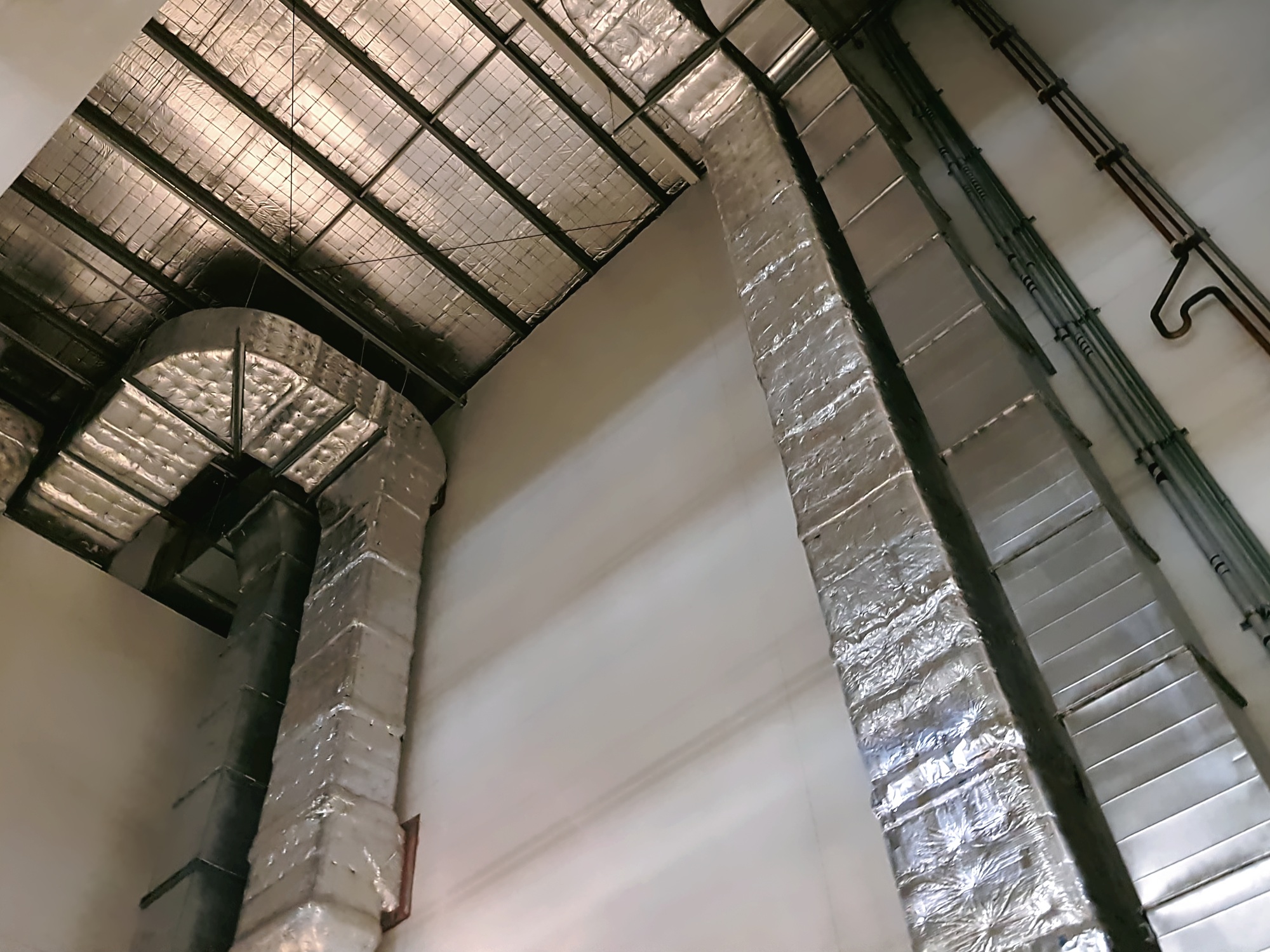Blower Door Test | Home Efficiency Testing
Duct Leakage: A Hidden Energy Thief
Duct Leakage in your home’s air duct can significantly impact energy efficiency and indoor air quality.
Energy Loss: Up to 30% of conditioned air (the air you pay to heat or cool) can escape through leaks in the ducts, disappearing into attics, crawl spaces, or garages. This wasted energy translates to higher energy bills and reduced comfort within your home.
Indoor Air Quality Issues
Pressure Buildup: Air escaping into unconditioned spaces can create pressure imbalances, leading to increased air leakage throughout the home.
Mold Growth: Pressure buildup in damp areas like attics or crawl spaces can contribute to mold growth.
Contaminant Spread: Leaky ducts can spread dust, mold, and allergens throughout your home, impacting indoor air quality and potentially causing respiratory problems.
Preventing Duct Leakage
- Regular Maintenance: Schedule regular inspections and maintenance of your HVAC system.
- Proper Sealing: Ensure proper sealing of ductwork during installation or renovation projects.
By minimizing duct leakage, you can
- Reduce Energy Costs: Lower your energy bills and save money.
- Improve Comfort: Experience more consistent and comfortable temperatures throughout your home.
- Enhance Indoor Air Quality: Create a healthier living environment for you and your family.
A duct leakage test is an essential diagnostic tool used to assess the airtightness of HVAC ductwork, ensuring that heating, ventilation, and air conditioning systems operate efficiently. Here is a breakdown of what the test involves:
Key Components of a Duct Leakage Test
- Purpose:
To determine how effectively the ductwork retains conditioned air and identify air leaks that can lead to energy losses. - Equipment Used:
Calibrated Fan: This fan is instrumental in creating a controlled airflow through the duct system. Pressure Sensing Device: This device measures the pressure differences created by the airflow from the fan. - Measurement Process:
The fan is connected to the duct system, and it generates airflow while simultaneously measuring the pressure within the ducts. The combination of airflow rate (measured in cubic feet per minute, CFM) and pressure readings (measured in inches of water column) is taken. - Airtightness Determination:
By analyzing the pressure and airflow measurements, the airtightness of the ductwork can be accurately assessed. Results indicate the presence and severity of leaks, allowing for effective repairs or improvements. - Benefits of Duct Leakage Testing:
Identifies areas of the duct system that need sealing or repair, contributing to improved energy efficiency. Enhances indoor air quality by reducing the potential for contaminants entering the living space through leaks. Supports compliance with building codes and standards that require certain levels of duct performance.In summary, a duct leakage test is a critical measure of ductwork performance, providing valuable insights into air distribution efficiency and overall HVAC system effectiveness. Proper assessment and remediation can lead to significant energy savings and improved comfort in the home.
Absolutely, the cost of a duct leakage test can vary based on several factors
Size of the Home: Larger homes typically have more extensive ductwork, which can take longer to test and may require more equipment, thus increasing the cost.
Ceiling Heights: Homes with high ceilings may complicate the testing process and may require specialized tools or additional safety measures, influencing the overall cost.
Number of Mechanical Systems: If a home has multiple heating and cooling systems, each system may need to be tested separately, adding to the total cost of the duct leakage testing service.
Duct Leakage Testing is required on your project if anything other than default leakage is specified under the ducts section of your Energy Calculation.





 76 Design Solutions
76 Design Solutions